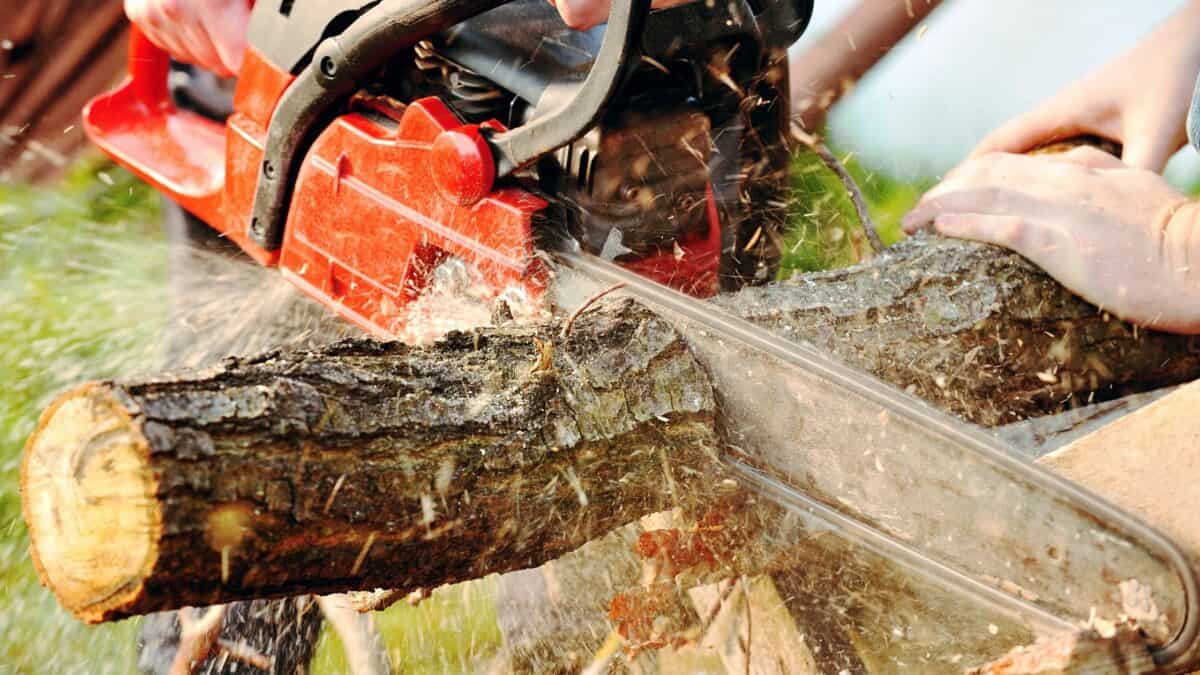While more than 30 million Americans currently live with hearing loss, we are often exposed to factors that lead to the condition every day. According to the Centers for Disease Control, more than 20 million people each year work in environments with potentially damaging noise. When exposure to excessive noise goes unnoticed, we are putting our hearing health at serious risk.
What is noise-induced hearing loss?
When we are exposed to excessive noise, our hearing is at risk. Extreme volumes cause damage to the important inner ear cells that are responsible for catching noise from the world and turning into sound information to be sent to the brain.
These cells, stereocilia, are non-regenerative, which means that they do not repair themselves when harmed or lost. Instead, we lose our full capacity to capture noise. As less sound information is then sent to the brain, we hear less.
Symptoms of noise-induced hearing loss
Noise-induced hearing loss can happen all at once, in a violent explosion or similar event. When volumes are this loud, we can probably tell immediately that our hearing has been affected. There might be physical pain in the ears, sound might be muffled as though you are underwater, or you might experience a ringing in the ears.
This type of hearing loss can also occur much more insidiously, with loud noises damaging the inner ear cells slowly and over time. For instance, a factory worker might work eight to ten hour shifts five days a week for decades. With each exposure, the inner ear cells are harmed but not to the extent that immediate damage is recognized. As the years pass, this person will probably have trouble detecting high frequency noises, like bird song and parts of speech. In fact, speech clarity is typically one of the first signs of early hearing loss.
People with early hearing loss often find themselves asking ‘what’ more than usual in conversation, it can sound as though everyone is mumbling. Telephone conversations might become virtually impossible and the closed captioning on your television is heavily relied upon to catch dialogue in films and series.
How to classify dangerous noise
Thankfully, the exposure of loud noise for workers is regulated by the Occupational Health and Safety Administration (OSHA). Following advice from medical experts, OSHA holds companies accountable to noise guidelines to protect workers’ hearing.
In an eight hour period, if noise exceeds 85 decibels (the unit of measurement for sound), then the employees’ hearing health must be protected by instituting intervention measures. Common hearing conservation initiatives include sound barriers, protective ear wear, frequent breaks and adjustments to machinery to reduce noise.
Occupations with the most noise-induced hearing loss
While factory workers have notoriously noisy jobs, it might surprise you to know that other careers with high incidences of noise-induced hearing loss include the military, farmers and agricultural workers and professional musicians. They are all routinely exposed to sounds well over 85 decibels and upwards of 120 decibels at times.
Teachers also make the list for a higher risk for hearing loss than most other professions. Classroom noise levels routinely rise above 85 decibels and 25 percent of teachers who undergo hearing exams show measurable hearing loss.
Where can noises harm our hearing?
It’s not just the workplace that carries risk to hearing health. Sometimes, we put ourselves in harm’s way during our recreational time, too. Sports stadiums, dance clubs, rock concerts and activities like snowmobiling or boating all expose millions of people every day to dangerous noise.
What’s more, everyday activities like blow drying your hair or mowing the lawn can lead to a degree of permanent hearing loss. The way we plug into our devices with earbuds and headphones can be risky: those volume levels can reach up to 110 decibels at maximum level.
Ways to protect your hearing
The best way to avoid noise-induced hearing loss is by prevention. Our team of hearing heaht experts can help walk you through a plan to prioritize your hearing health. We’ll look at your unique lifestyle requirements and recommend useful measures, like custom hearing protection.
It’s always worthwhile to be mindful of the noise environments you are in. If they feel too loud, they probably are. Take quiet breaks when possible and wear hearing protection in instances that you can’t. Monitor the volumes on your personal devices and keep the noise level at about halfway to maximum volume and never exceeding two-thirds of maximum.

